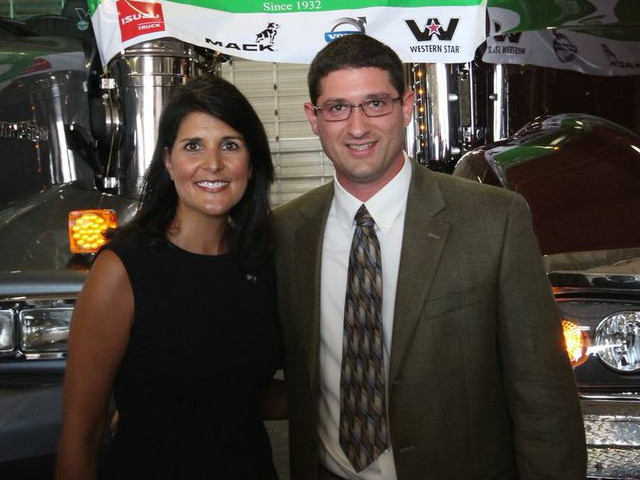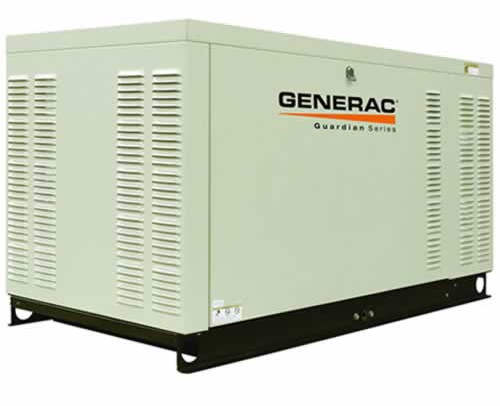03 Sep Third Quarter 2014
Willis Sinclair Homes
“The Lowcountry’s Premier Custom Home Builder”

Nikki Haley, Governor of South Carolina and Willis Ponds, President of Willis Sinclair Homes
24 Gabriel Road
Lodge, South Carolina 29082
843 846 2500

Third Quarter 2014
Willis and Bill meet with Nikki Haley, South Carolina’s Governor.
On July 8, Willis and Bill attended an NFIB meeting in Columbia. The NFIB is the National Federation of Independent Businesses, an advocate for small business. The purpose of the meeting was to announce the NFIB’s endorsement of Nikki Haley as she again runs for governor.

Bill shakes hand with Governor Haley
The meeting was held at the Shealy Truck Center in South Carolina’s capital. After a short speech and question and answer session, Governor Haley posed for photos with the NFIB members and members of Shealy’s team.
This was Bill’s first time to meet the governor or any governor, for that matter. He was quite impressed by Governor Haley’s seeming determination to make South Carolina a great state for small businesses.
This was Willis’ second time to meet the Governor. He and his wife, Debby, attended a reception at the Governor’s Mansion around Christmas 2013.
After the meeting and photos, Willis was interviewed for a promotional tape for the NFIB.
The NFIB (nfib.com) has a membership of about 350,000 small business owners. They are represented nationally and in all 50 states.
 From the desk
From the desk
of Willis …
It has been a busy summer! We had a nice meeting in Columbia with Governor Haley. She appointed me to the State Workforce Investment Board a couple of years ago. I am also part of the NFIB Leadership Council. Those meetings and our construction business have kept me busy.
The housing market is beginning to show signs of life. While we are grateful we have stayed very busy for the past few years with repairs and remodels, it is nice to be building new structures. We have a couple going up now and are talking with several other potential customers.
One of the homes we are building is probably a first for our area: a basement home! Actually, it is a walk out basement, but a basement nonetheless.
We are continuing to do remodels for our clients. We have glassed in a couple of porches. We have done bedroom and bathroom remodels along with our other house maintenance and check services.
If you are thinking about a new home, a new garage, an addition or other work, call us. We can help.
Willis
President, Willis Sinclair, Inc.
Residential Home Builder
843 846 2500
Standby Generators
Have you considered a standby generator? Here in South Carolina’s Lowcountry, short power outages are not uncommon.
Today, we depend on electricity for an amazing number of creature comforts and protection.
Short Outages
Short outages cause us discomfort and perhaps inconvenience, but seldom cause any serious damage. Of course, air conditioners will quit. Any Internet connection you have will become inoperative as will any phones that are plugged into the power line. Lights and water will also fail to operate.
Foodsafety.gov states contents of refrigerators should be fine if the power is off no longer than four hours and the doors are not often opened. If you have a lot of frozen food, you may well want to consider at least a small generator to keep freezers and refrigerators operational.
Longer Outages
Longer outages (more than a day or so) can cause more serious problems. Here in the humid south, mold and mildew can grow quickly if the interior of your house becomes hot and humid (it will).
Longer outages are far less common, but not impossible. Consider how long people in Katrina’s path were without power. To protect from mold and mildew growth, you would need a standby generator large enough to run at least some of your HVAC systems. Of course, if you intend to remain in your house, you will also want water (hot as well as cold), lights, Internet and television along with other items which you deem important.
Electrical Loads to Consider
Of course, the easiest and most accurate way to determine what size standby generator you would need is to have an electrical contractor analyze your home. You will have to tell him what devices you want to keep energized.
You can get a feel for what sized system you need by looking at the devices you want to keep operational. Here is a list of typical devices.
|
Device |
Typical Power Usage |
|---|---|
|
5 ton HVAC |
12 KW |
|
Freezer |
0.5 KW |
|
Refrigerator |
0.7 KW |
|
Well pump |
2.3 KW |
|
Dishwasher |
1.2 KW |
|
Washer |
0.5 KW |
|
Dryer (electric) |
4 KW |
Keep in mind these are typical guesses. Most other appliances use minimal amounts of power. A 60 watt light bulb uses 0.06KW for example.
Another clue you have about the size standby generator you need is the size of your existing service. If you have one large breaker panel, you probably have a 200 amp service and 2 panels, a 400 amp service. Keep in mind you never exceed the ratings, i.e. if you have a 200 amp service, you will never use 200 amps (or your main breakers would trip). You probably don’t use half of your capacity most of the time.
To convert from amps to KW, you simply multiply by 240. A 200 amp service then would be, if fully loaded, 48KW.
45KW would supply most houses. Houses with 400 amp service would need a second automatic transfer switch ($1000). 600 amp services would need 2 extra transfer switches (@ $1000 each).
Clearly, these guides give you a guess about the size you need. An electrician can help you zero in on the size you may need.
Generator Sizes
Consider several sizes of generators:
|
Standby Generator and Transfer Switch |
||
|---|---|---|
|
Size |
Amperage |
Approximate Price |
|
11KW |
45 amps |
$3,000 |
|
16KW |
65 amps |
$3,500 |
|
22KW |
92 amps |
$4,600 |
|
45KW |
200 amps |
$14,500 |
Propane Usage
Most standby generators use propane or LP gas. If you don’t have a tank already, plan on spending about $3000 for a 500 gallon tank. Also plan on spending another $900 for 400 gallons of propane (prices are very volatile and subject to change).
The question of how long will my generator run on 400 gallons of LP now arises.
|
Generator Size |
Fuel Consumption 50% Load |
Run time 50% Load (400 gal) |
|---|---|---|
|
11KW |
1.18 gal/hour |
338 hours or |
|
16KW |
1.99 gal/hour |
201 hours or |
|
22KW |
2.16 gal/hour |
185 hours or |
|
45KW1 |
4.14 gal/hour |
96 hours or |

45KW (whole house) Standby Generator
Installation Costs
The biggest unknown is the installation cost. This can vary from $1,000 to maybe $5,000 if much rewiring is required to your existing house wiring.
Keep in mind with a whole house (45KW) generator, less rewiring will be required, so some of the increased generator cost will be offset by a reduced wiring cost.
You will also need a concrete pad and maybe a fence for your generator. Typically, that should be less than $2,000. Propane will have to be plumbed to the generator from the LP tank. That cost should be a few hundred dollars depending on the distance between the tank and generator.
If you are interested in considering a standby generator, we can get you a turnkey quote. Call us.
1It might be prudent to get a 1000 gallon tank.
Willis Sinclair Homes
We will never knowingly disappoint you!
Call Us

843 846 2500





No Comments